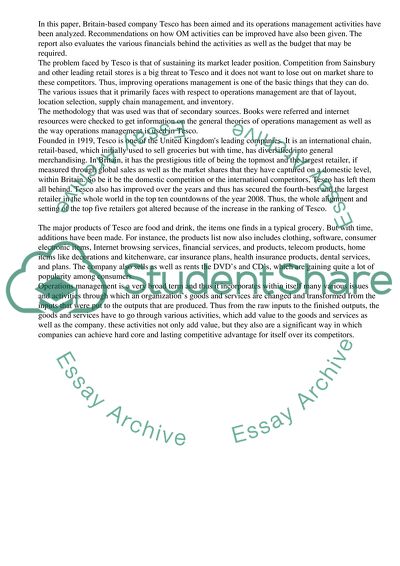Cite this document
(“Operations Management for Creating Competitive Advantage Essay”, n.d.)
Retrieved from https://studentshare.org/management/1514439-operations-management-for-creating-competitive-advantage
Retrieved from https://studentshare.org/management/1514439-operations-management-for-creating-competitive-advantage
(Operations Management for Creating Competitive Advantage Essay)
https://studentshare.org/management/1514439-operations-management-for-creating-competitive-advantage.
https://studentshare.org/management/1514439-operations-management-for-creating-competitive-advantage.
“Operations Management for Creating Competitive Advantage Essay”, n.d. https://studentshare.org/management/1514439-operations-management-for-creating-competitive-advantage.


